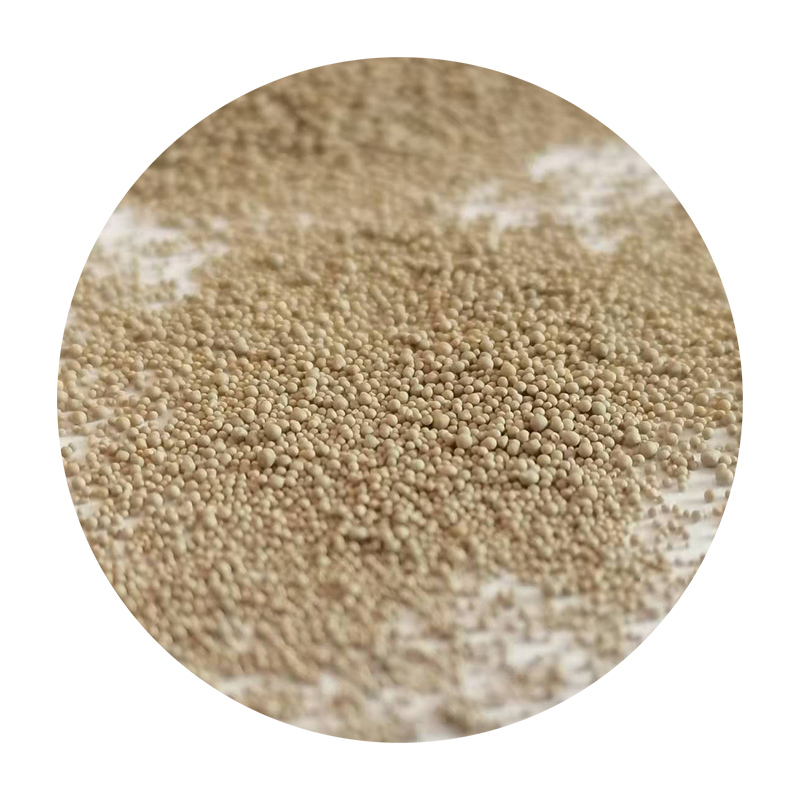Wet Sanding 3D Prints A Guide to Achieving a Flawless Finish
3D printing has revolutionized the way we create objects, making it accessible for hobbyists and professionals alike. However, one challenge that remains is achieving a smooth, polished finish on 3D prints. While various post-processing techniques exist, wet sanding is one of the most effective methods for enhancing the surface quality of your prints. In this article, we will explore the benefits of wet sanding, the materials you will need, and the step-by-step process to achieve a flawless finish on your 3D prints.
What is Wet Sanding?
Wet sanding is a technique that involves using water to lubricate sandpaper while sanding a surface. This method is particularly useful for materials that tend to create dust, as the water helps minimize dust particles and keeps the sandpaper clean. In the context of 3D printing, wet sanding can remove layer lines, improve surface smoothness, and prepare prints for painting or additional finishing processes.
Benefits of Wet Sanding 3D Prints
1. Smoother Finish Wet sanding allows for finer grits of sandpaper to be used without clogging, resulting in a smoother surface compared to dry sanding. 2. Reduced Dust By using water, you can significantly decrease airborne dust particles, making the workspace cleaner and safer. 3. Less Damage Wet sanding minimizes the risk of tearing or damaging delicate features on your 3D print, allowing for more precise finish work. 4. Improved Adhesion A properly sanded surface can improve the adhesion of paints, primers, or other finishes, enhancing the overall appearance of the final piece.
Materials Needed for Wet Sanding
To effectively wet sand your 3D prints, you will need the following materials
- Sandpaper (various grits start with 200-400, then move to 800-2000 for finer finishes) - A spray bottle or bowl of water - A soft cloth or sponge - A bucket for rinsing sandpaper - Safety equipment (gloves and goggles, if desired)
Step-by-Step Process for Wet Sanding
wet sanding 3d prints

1. Prepare Your Print Ensure your 3D print is clean and free from dust or debris. If your print has any supports, remove them carefully to avoid damaging the main structure.
2. Choose the Right Sandpaper Start with a lower grit sandpaper (200-400 grit) to remove the most noticeable layer lines and imperfections. Progressive sanding will help you achieve the best results.
3. Wet the Surface Lightly mist the surface of your print with water using a spray bottle. This will help lubricate the surface and prevent the sandpaper from clogging.
4. Begin Sanding Take your chosen sandpaper and begin sanding in a circular motion or back-and-forth strokes. Keep the surface damp by reapplying water as needed. Apply light pressure; excessive force can damage the print.
5. Rinse and Inspect Periodically rinse the sandpaper in clean water and inspect the surface of your print. You’ll want to observe any improvements and check for remaining layer lines or imperfections.
6. Transition to Finer Grits Once you’re satisfied with the results using the lower grit sandpaper, switch to a finer grit (800-2000) to smooth out the surface even further. Repeat the same wet sanding process, ensuring to keep the surface wet and clean.
7. Final Cleanup After achieving the desired smoothness, rinse the print with clean water to remove any debris. Dry it gently using a soft cloth, making sure not to scratch the surface.
8. Post-Processing Finishes If you plan to paint or apply any additional finishes, ensure the surface is completely dry before proceeding. The smooth surface created by wet sanding will allow for better adhesion of paint or primer.
Conclusion
Wet sanding is an essential technique for anyone looking to enhance the quality of their 3D prints. With the right materials and a careful approach, you can achieve a professional-level finish that takes your prints to the next level. Whether you are preparing a model for display or looking to improve the functionality of a part, wet sanding can make a significant difference in the final appearance of your 3D printed objects. Happy sanding!
Post time:డిసెం . 03, 2024 14:16
Next:sand casting uses
